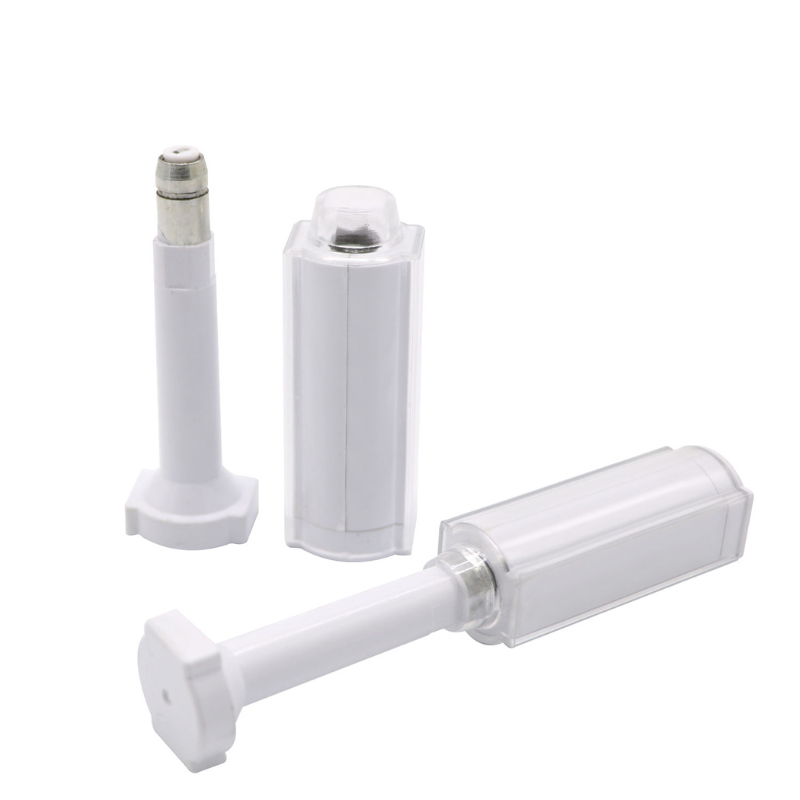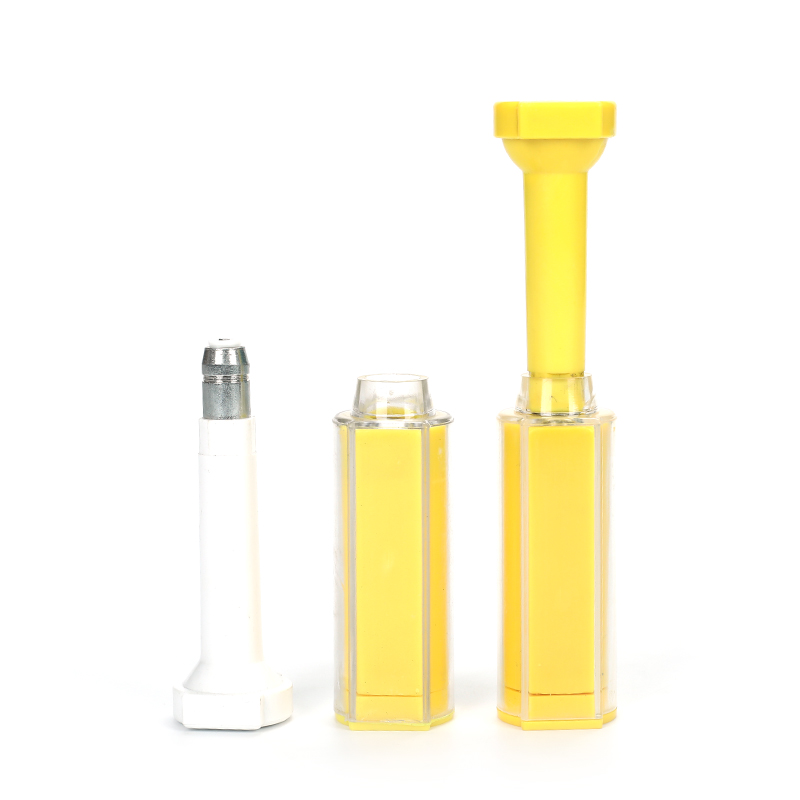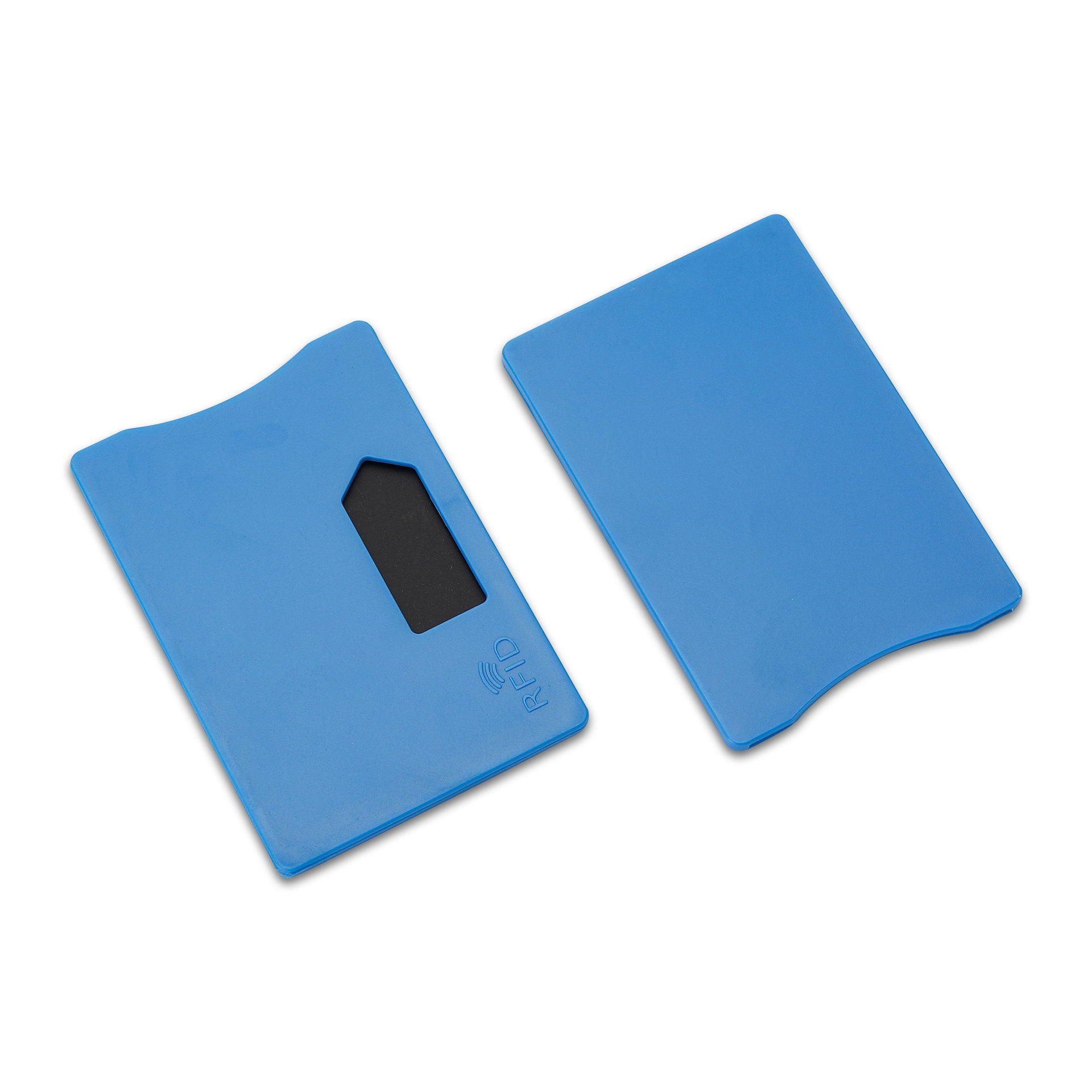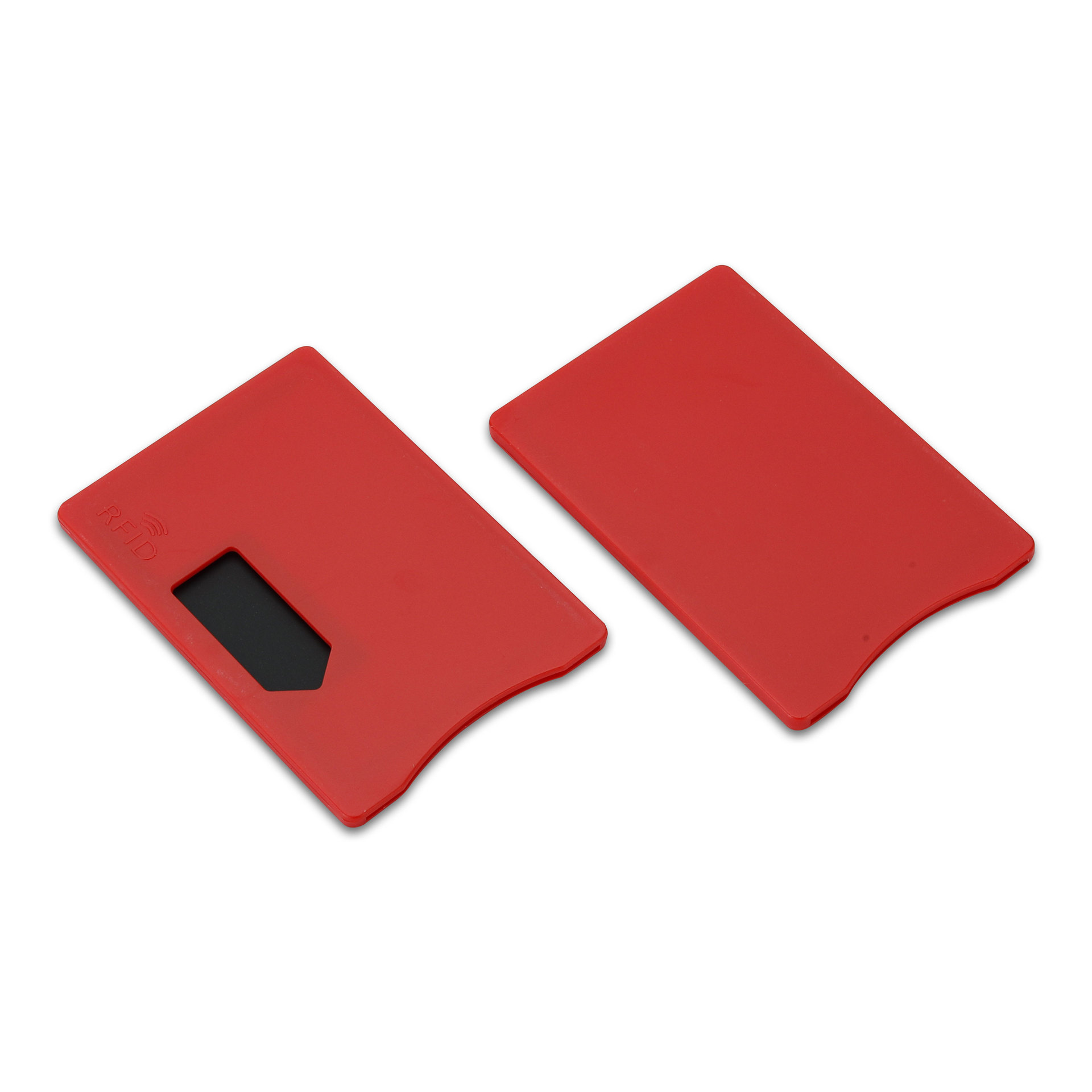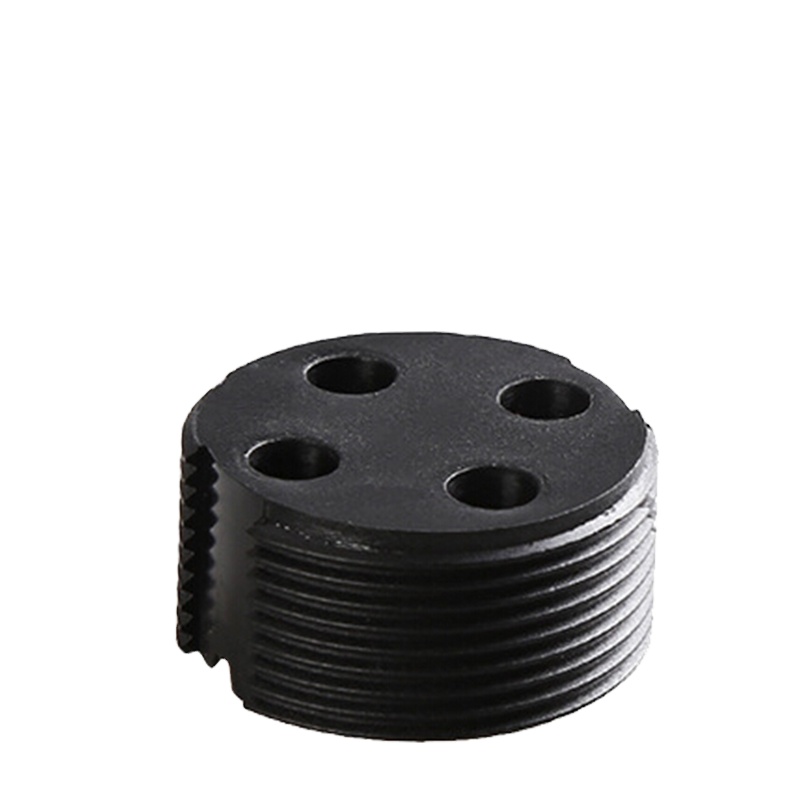
כיצד פועלים תגי RFID?
תוֹכֶן הָעִניָנִים
מדריך מקיף למתחילים למערכות RFID פסיביות ואקטיביות
אבל איך בדיוק עובדים תגי RFID — ואיזה סוג מתאים ליישום שלכם?
במדריך זה נסביר כיצד פועלים תגי RFID, אילו סוגים קיימים וכיצד הם משמשים בתחומי הלוגיסטיקה, הקמעונאות, הבריאות והייצור.
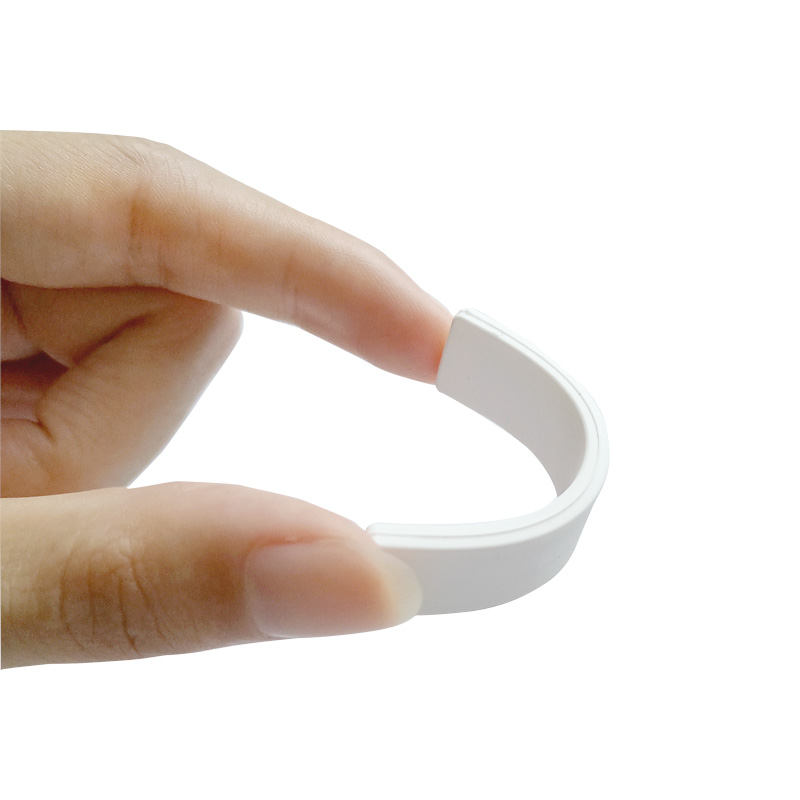
מהו תג RFID?
תג RFID הוא מכשיר קטן המאחסן נתונים ומתקשר באופן אלחוטי עם קורא RFID. ניתן להטמיע תגים בתוך חפצים, לענוד אותם כצמידים או לחבר אותם לנכסים באמצעות דבק, ברגים או קשרי פלסטיק.
כל תג RFID מכיל שני רכיבים חיוניים:
שבב – מאחסן מזהה ייחודי ולעיתים נתונים המוגדרים על ידי המשתמש
אנטנה – משדרת ומקבלת אותות אל/מקרן
תגיות מסוימות מכילות גם סוללה (לתגיות פעילות) כדי להגביר את הטווח ואת עוצמת האות.
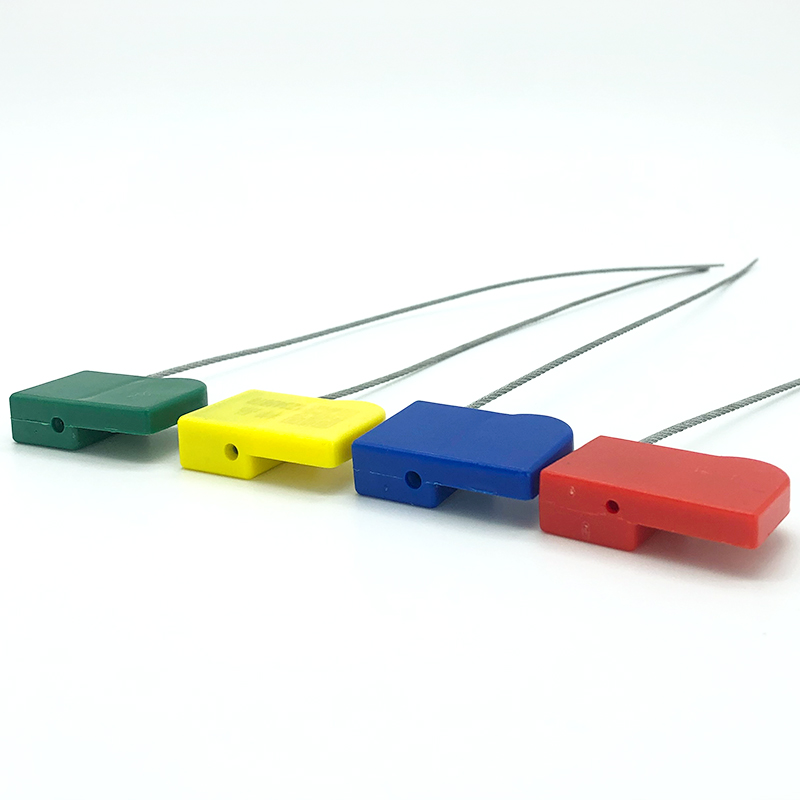
איך פועלות מערכות RFID?
מערכת RFID כוללת בדרך כלל שלושה מרכיבים עיקריים:
1. תג RFID – מצורף לפריט או לנכס
2. קורא RFID – שולח אות ומקבל נתונים מתגים
3. מערכת אחורית (תוכנה/מסד נתונים) – מאחסן ומעבד את נתוני התג.
התהליך:
- הקורא פולט גלי רדיו.
- התג מקבל את האות ושולח בחזרה את הנתונים המאוחסנים בו.
- מערכת ה-backend רושמת, מעבדת או מבצעת פעולות אוטומטיות על סמך נתונים אלה.
כל האינטראקציה הזו יכולה להתרחש בזמן אמת, ללא מגע פיזי.
סוגי תגי RFID
ישנם שלושה סוגים עיקריים של תגי RFID, לכל אחד מהם יכולות ייחודיות:
תגיות RFID פסיביות
מקור כוח: ללא סוללה (מופעל על ידי אות הקורא)
טווח קריאה: עד 12 מטרים (בדרך כלל פחות)
אורך חיים: 10+ שנים
עֲלוּת: נָמוּך
מתאים ביותר ל:
- מלאי קמעונאי
- מעקב אחר ספרים בספרייה
- לוגיסטיקה של שרשרת אספקה
- מדפים חכמים ומערכות נגד גניבה
RFID פסיבי הוא הסוג הנפוץ ביותר. הוא עמיד, חסכוני ואמין לסריקה בטווח קצר עד בינוני.
תגי RFID פעילים
מקור כוח: סוללה פנימית
טווח קריאה: 30–100 מטר או יותר
אורך חיים: 3–5 שנים (תלוי בסוללה)
עֲלוּת: גבוה יותר
מתאים ביותר ל:
- מעקב אחר כלי רכב וצי רכב
מערכות מיקום בזמן אמת (RTLS) - בטיחות בבנייה ובכרייה
- לוגיסטיקה של שרשרת הקירור
תגים פעילים משדרים אותות באופן רציף והם אידיאליים למעקב בזמן אמת ובטווח ארוך בסביבות גדולות.
תגי RFID חצי-פסיביים (הנתמכים בסוללה)
- מופעל באמצעות סוללה, אך מופעל רק כאשר הוא מופעל על ידי קורא
- אמינות גבוהה יותר בסביבות קשות (מתכת, נוזלים)
- טווח איזון ואורך חיי הסוללה
תגיות חצי-פסיביות משמשות בסביבות תעשייתיות או רפואיות קשות, שבהן תגיות פסיביות עלולות להיכשל.

למה משמשים תגי RFID?
תגי RFID משמשים בעשרות תעשיות כדי להגביר את היעילות, הנראות והבקרה.
לוגיסטיקה ושרשרת אספקה
- מעקב אחר סחורות במחסנים ובמשלוחים
- אוטומציה של תהליכי קבלה ושיגור
קמעונאות ומלאי
- נראות מלאי בזמן אמת
- הפחתת הצטמקות ומלאי חסר
שירותי בריאות
- מעקב אחר ציוד רפואי ואספקה
- בטיחות המטופל (צמידי זיהוי, התאמת תרופות)
ייצור
- מעקב אחר חלקים לאורך קווי הייצור.
- הקפדה על בקרת איכות ומעקב
הבנת טווח תגי RFID
מספר גורמים משפיעים על טווח התקשורת של תג:
| גורם | אפקט |
|---|---|
| סוג התג | תגיות פעילות הן בעלות טווח ארוך יותר |
| פס תדרים | UHF > HF > LF (בטווח) |
| סְבִיבָה | מתכת/נוזל עלולים להפריע |
| מיקום הקורא | משפיע על יעילות הסריקה |
טיפ: השתמש תגי RFID על מתכת לסביבות מאתגרות כמו ייצור.
כיצד לחבר תגי RFID בצורה נכונה
מיקום לא נכון עלול לפגוע בקריאות. להלן מספר נקודות שיש לקחת בחשבון:
הימנע משימוש במתכת/נוזלים, אלא אם כן אתה משתמש בתוויות מיוחדות
הציבו במקום חשוף ונגיש
השתמש בדבק, ברגים או אזיקונים בהתאם לסביבה
תגי RFID ותוויות חכמות: מה ההבדל?
תגי RFID ותוויות חכמות מבולבלים לעתים קרובות, אך הם משרתים מטרות שונות:
תגי RFID: תגי RFID בדרך כלל עמידים ורב-תכליתיים יותר, משמשים במגוון רחב של יישומים שבהם נדרשים מעקב וזיהוי לטווח ארוך.
תוויות חכמות: אלו הם בעצם תגי RFID המוטמעים בתוך תווית מודפסת מסורתית. תוויות חכמות הן גמישות יותר וניתן להדפיס אותן לפי דרישה, מה שהופך אותן לאידיאליות עבור ניהול מלאי ויישומים קמעונאיים.
הבחירה בין תגי RFID לבין תוויות חכמות תלויה בצרכים הספציפיים של האפליקציה, כולל עמידות, עלות ותכונות נדרשות.
העתיד של טכנולוגיית RFID: מגמות וחידושים
טכנולוגיית RFID ממשיכה להתפתח, עם מספר מגמות מרגשות באופק:
שילוב IoT: RFID הופך לחלק בלתי נפרד מהאינטרנט של הדברים (IoT), המאפשר קישוריות חלקה וחילופי נתונים בין אובייקטים פיזיים ומערכות דיגיטליות.
תגיות קטנות ויעילות יותר: ההתקדמות הטכנולוגית מובילה לייצור תגי RFID קטנים וחזקים יותר, שניתן להשתמש בהם במגוון רחב יותר של יישומים.
אימוץ מוגבר: ככל שהעלויות ממשיכות לרדת והטכנולוגיה משתפרת, תעשיות נוספות מאמצות מערכות RFID כדי לשפר את היעילות ולהפחית עלויות.
העתיד של RFID הוא מזהיר, עם חידושים שישפרו עוד יותר את היכולות שלה וירחיב את היישומים שלה.
בחירת התג RFID המתאים ליישום שלך
בעת בחירת תג RFID, יש לקחת בחשבון את הדברים הבאים:
- טווח הקריאה הדרוש
- סביבת התג (מתכת, מים, חום, כימיקלים)
- דרישות נתונים (קריאה בלבד או קריאה/כתיבה)
- עלות ליחידה
- שילוב עם המערכת הקיימת שלך
זקוק לעזרה בבחירה? צור איתנו קשר לקבלת ייעוץ מומחה או לבקש ערכת דוגמאות חינם לבדיקה בסביבתכם.
הערות
מוצרים לוהטים
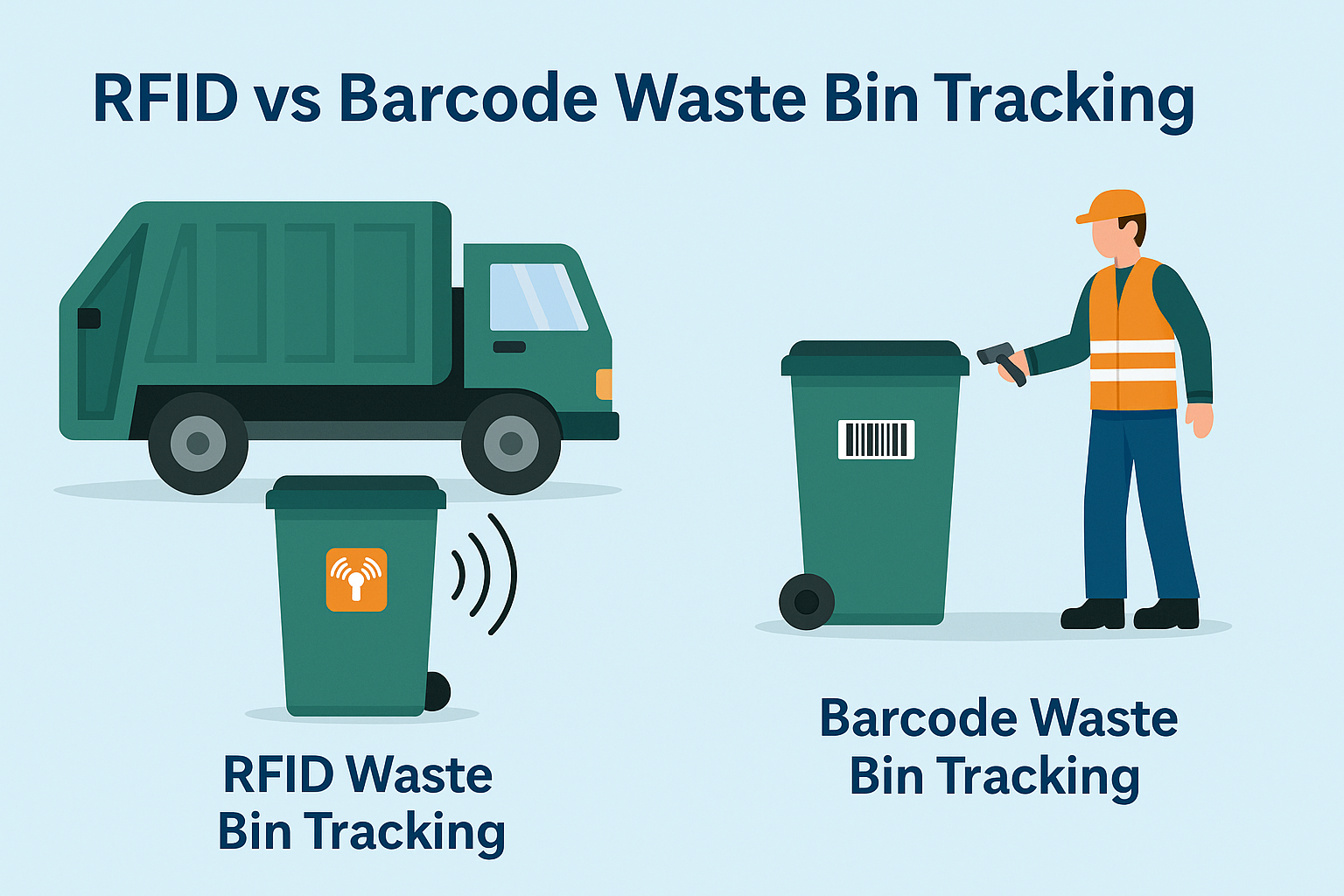
מהו ניהול פסולת באמצעות RFID
דמיינו עיר שבה כל פח אשפה מדבר — לא במובן המילולי — אלא באמצעות שבב זעיר שמודיע למערכת מתי הוא מלא, מתי הוא מרוקן ולאן הוא נלקח. זה מה שעושה כיום ניהול פסולת באמצעות RFID.

מהם אטמי בורג ומהן היישומים שלהם? | המדריך המלא
בסחר ולוגיסטיקה גלובליים, אטמי בורג ממלאים תפקיד מכריע בהבטחת אבטחת המטען ותאימותו. מכשירים קטנים אך עוצמתיים אלה נועדו לנעול מכולות משלוח, נגררים ודלתות מטען באמצעות מנגנון המונע חבלה.
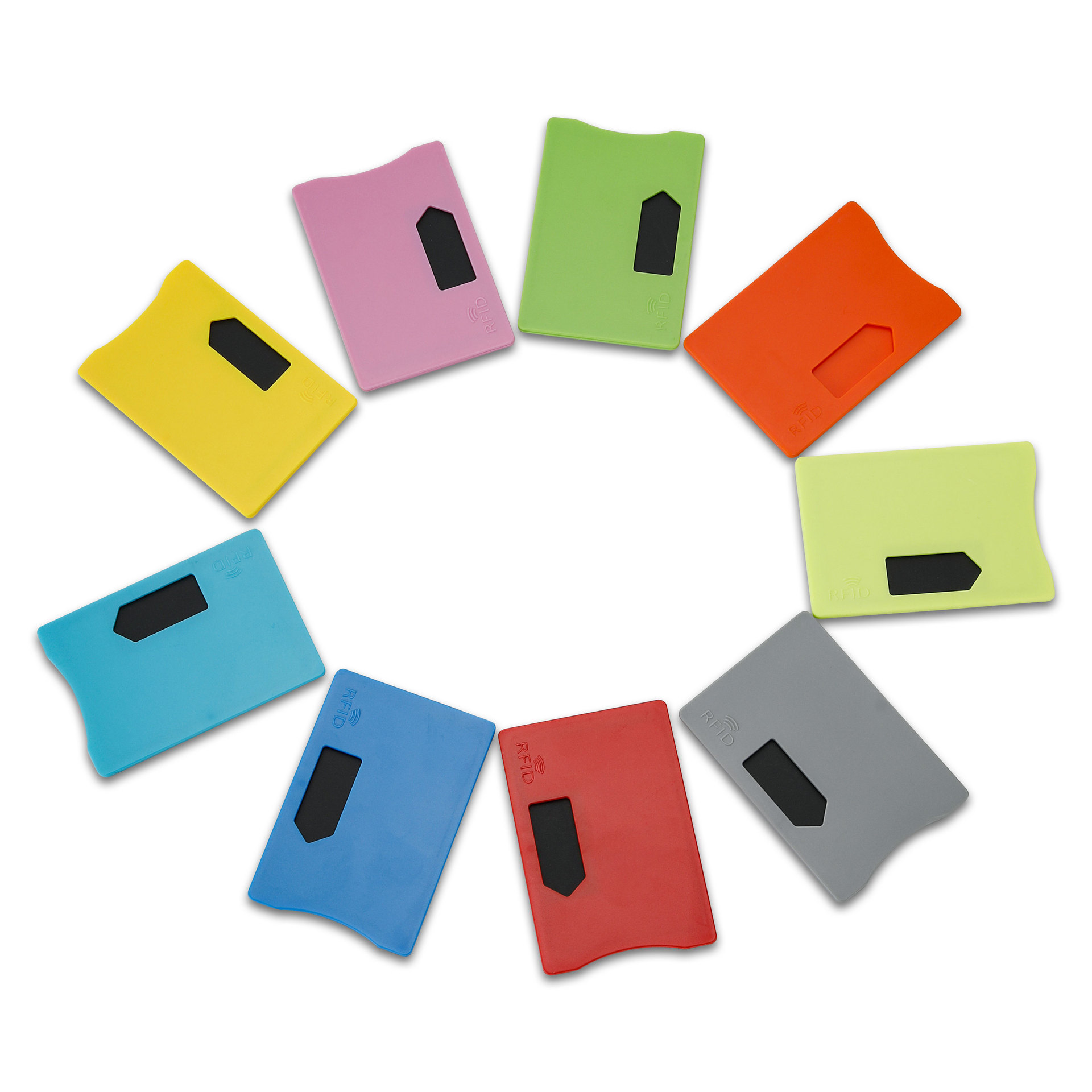
מהו מגן כרטיס RFID? יתרונות, דוגמאות לשימוש ומדריך לקנייה
טכנולוגיית RFID (זיהוי בתדר רדיו) נמצאת בכל מקום: בכרטיסי האשראי, בתגי זיהוי, בכרטיסי נסיעה, במפתחות לחדרי מלון ועוד. היא מציעה מהירות ונוחות, אך היא גם פותחת את הדלת לסוג חדש של גניבה דיגיטלית המכונה “סקים”. כאן נכנס לתמונה מגן כרטיסי RFID.

צמידי RFID לאירועים: מדריך לרכישה בכמויות גדולות למארגנים
צמידי RFID לאירועים הופכים לפתרון המועדף על מארגנים הזקוקים לכניסה מהירה יותר, למניעת הונאות ולתשלומים ללא מזומן בקונצרטים, בפסטיבלים ובאצטדיוני ספורט. בניגוד לכרטיסים מנייר או לקודי QR, צמידים חכמים אלה משתמשים בשבבים מוטמעים כדי לייעל את הגישה, לאבטח את העסקאות ולשפר את חוויית האורחים.
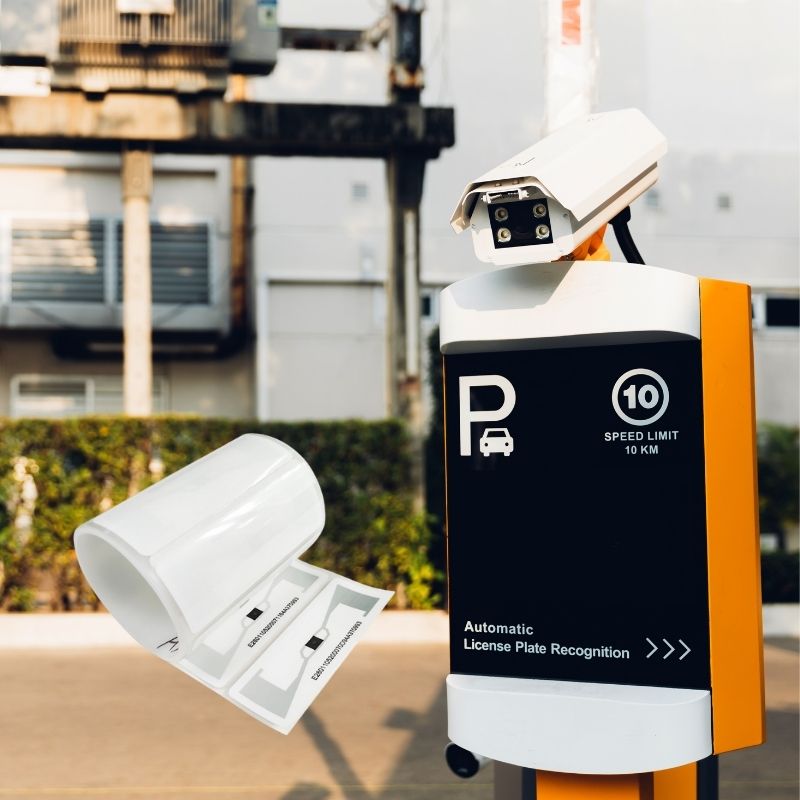
כיצד תג RFID על השמשה הקדמית משפר את בקרת הגישה לרכב ומערכות האגרה
בעולם המהיר של ימינו, זיהוי כלי רכב צריך להיות מהיר, מאובטח וללא מגע. תג RFID על השמשה הקדמית מספק בדיוק את זה — דרך אמינה לנהל גביית אגרה, חניה וגישה לשערים מבלי לעצור את כלי הרכב.
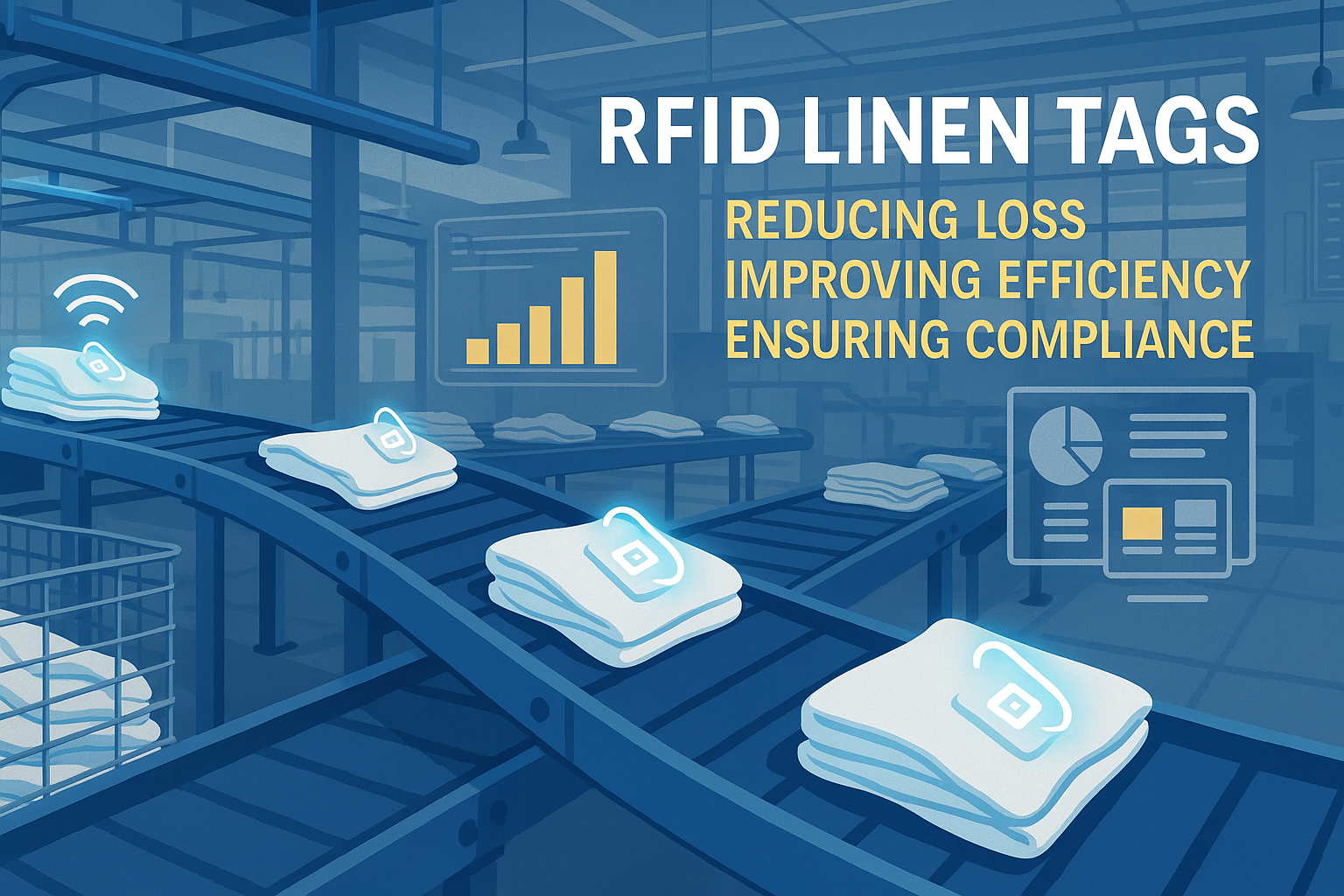
היתרונות של תגי RFID למצעים במכבסות מסחריות
ניהול כביסה בבתי חולים, בתי מלון או שירותי כביסה גדולים הוא משימה לא פשוטה. מדי יום, אלפי סדינים, מגבות ומדים מכובסים, ממוינים ונשלחים בחזרה. אך בעיות כמו אובדן מצעים, טעויות במיון וספירה ידנית עלולות לעלות לחברות הרבה כסף. לדוגמה, בתי מלון בינוניים עלולים להפסיד מעל $200,000 מדי שנה בגלל מצעים שאבדו.
זה המקום שבו תגי RFID לבדים נכנסים לתמונה.
תגים
בלוגים קשורים

מהו ניהול פסולת באמצעות RFID
דמיינו עיר שבה כל פח אשפה מדבר — לא במובן המילולי — אלא באמצעות שבב זעיר שמודיע למערכת מתי הוא מלא, מתי הוא מרוקן ולאן הוא נלקח. זה מה שעושה כיום ניהול פסולת באמצעות RFID.

מהם אטמי בורג ומהן היישומים שלהם? | המדריך המלא
בסחר ולוגיסטיקה גלובליים, אטמי בורג ממלאים תפקיד מכריע בהבטחת אבטחת המטען ותאימותו. מכשירים קטנים אך עוצמתיים אלה נועדו לנעול מכולות משלוח, נגררים ודלתות מטען באמצעות מנגנון המונע חבלה.

מהו מגן כרטיס RFID? יתרונות, דוגמאות לשימוש ומדריך לקנייה
טכנולוגיית RFID (זיהוי בתדר רדיו) נמצאת בכל מקום: בכרטיסי האשראי, בתגי זיהוי, בכרטיסי נסיעה, במפתחות לחדרי מלון ועוד. היא מציעה מהירות ונוחות, אך היא גם פותחת את הדלת לסוג חדש של גניבה דיגיטלית המכונה “סקים”. כאן נכנס לתמונה מגן כרטיסי RFID.

